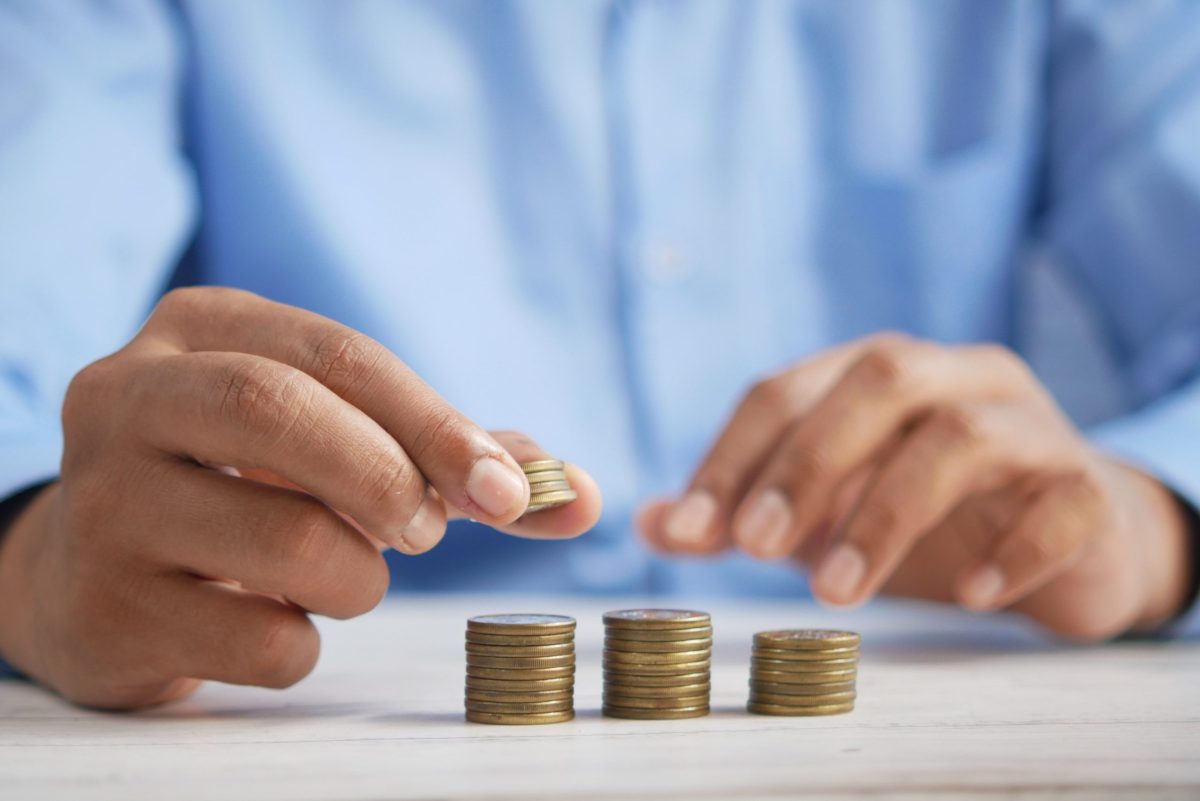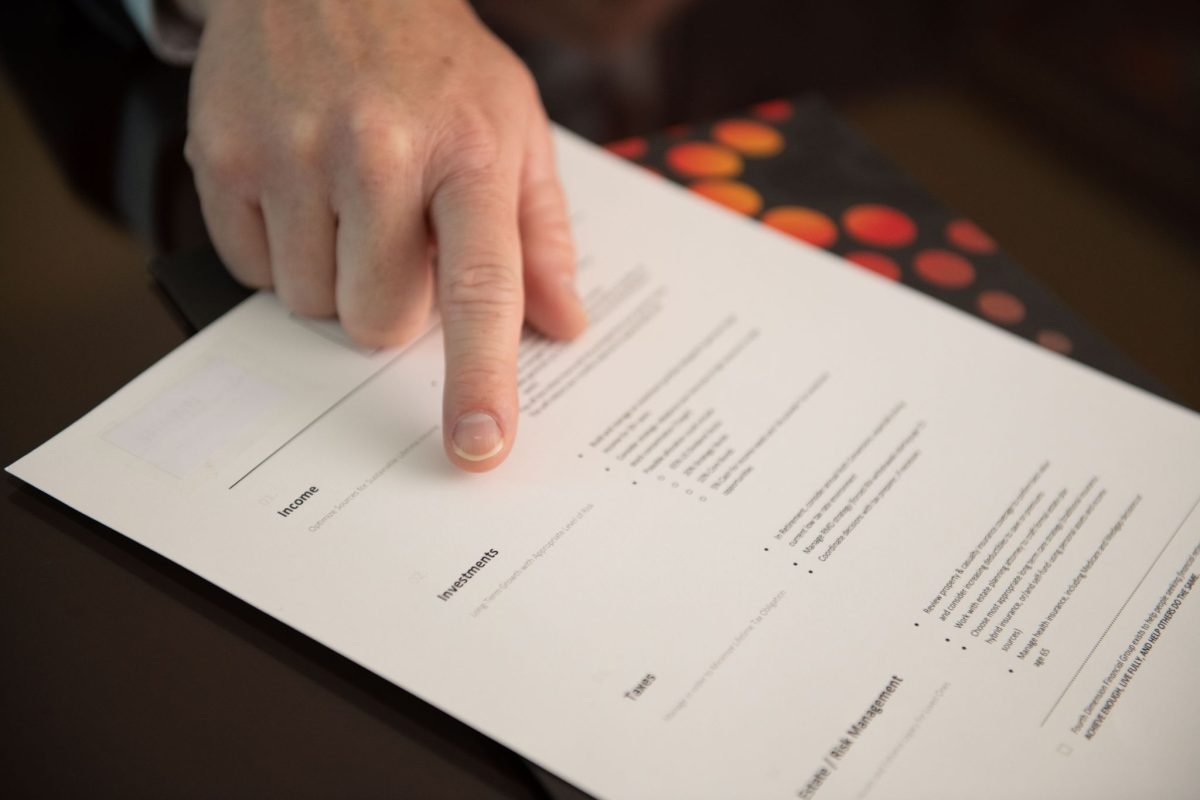The stock market is testing investors’ tolerance for pain right now. In fact, the pain may very well continue for some time. Or it may not. With the worst start to a year since 1991, we’re all asking what to do about it. The emails and phone calls are coming in, many asking the same burning question: “What does this mean and what do you think will happen next?” Here’s my formal response to the current market.
- Market volatility is obviously extremely high, and is a result of several factors: China, commodities (oil for one), and currencies. While these are all very important, none indicate a material shift in our economy’s strength.
- US consumer confidence is very high, auto sales have never been stronger, service data released yesterday is strong, unemployment is at a decade low, the Fed raised interest rates (which is very meaningful because it shows that our economy is getting stronger).
- There have been 8 interest rates cycles since the 1950s. On average, the S&P 500 rose for 30 months after the first rate hike in each cycle. The shortest time period of stock price gains was 10 months. On average, one year after the first rate hike, the market was up 9.5%. Of course, history does not guarantee future outcomes, yet rate hikes are often a good sign (initially).
- Overall, the risk of a recession remains low.
- This market knows how to get beyond 18,000 and it will again, given enough time and patience.
The pain we’re feeling right now is not pleasant, yet it’s part of the deal. Just like exercise and weight training are little more than controlled, self-inflicted pain, it’s the resistance that allows for the growth. Right now, investors are feeling the resistance. Those who can’t endure the pain, will drop-out. My advice is to embrace the pain. Feel the burn. Why? When we least expect it, the market will give some value back and that is historically when we least expect it and the gains are some of the biggest days.
While I hesitate overusing the exercise metaphor, part of my value is to help you find your motivation at the gym and squeeze out a few more reps. Yes, it hurts, but the weights – and the market – do not reward the timid. If I thought this was a time to bail, I would say so. I did it in 2007, but I’m not seeing reason to take action now.
Most people who become wiped-out financially are not victims of stock market losses, at least not those invested in a diversified portfolio with their retirement income guaranteed. Keeping some perspective can be very helpful in challenging moments like this.
With that said, respond to this email or call with any concerns you may have. If the pain becomes too great, there are options available to you. I’ll share some of those next Friday, but you don’t have to wait if you need to talk.
All the best,

Adam Cufr, RICP®
Recent Articles

Show Your Work: Why Transparency Matters in Retirement Planning

Unlocking the Mystery of Income Taxes

Social Security Strategy: Do You Have One?

Pension Decision: Just One Critical Piece of Information Is Needed to Decide



